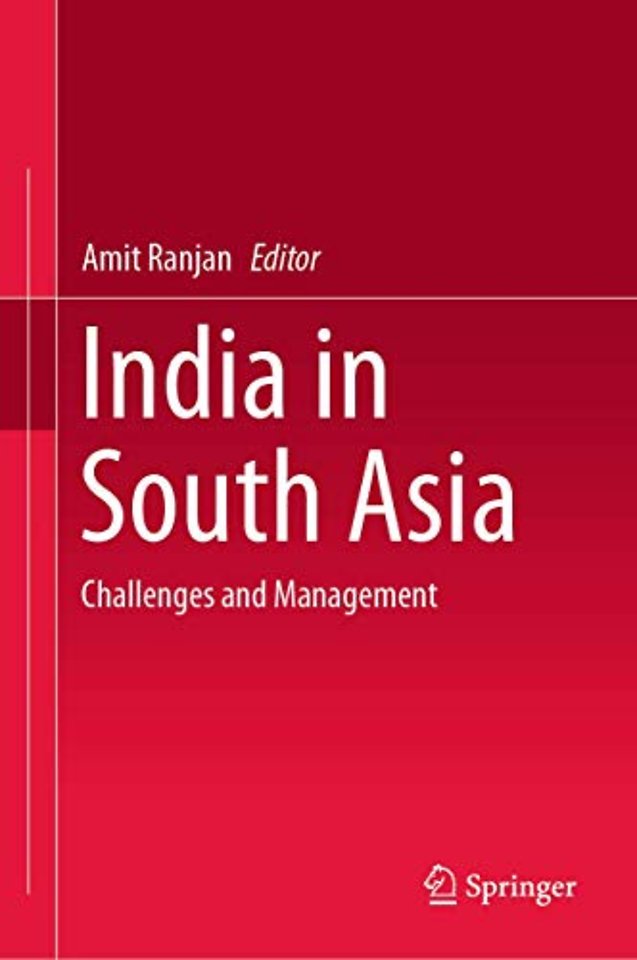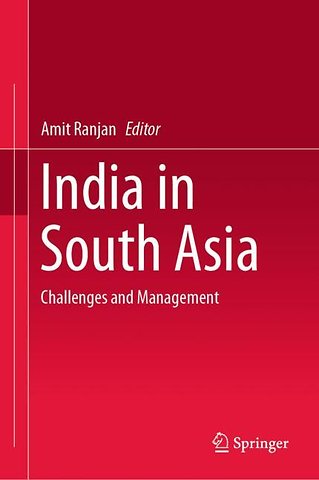India in South Asia
Challenges and Management
Samenvatting
This book discusses the perceptions India has about its South Asian neighbours, and how these neighbours, in turn, perceive India. While analyzing these perceptions, contributors, who are eminent researchers in international relations, have linked the past with present. They have also examined the reasons for positive or negative opinions about the other, and actors involved in constructing such opinions.
In 1947, after its independence, India became part of a disturbed South Asia, with countries embroiled in problems like boundary disputes, identity related violence etc. India itself inherited some of those problems, and continues to walk the tight rope managing some of them. Traditionally, seventy years of India’s South Asia policy can roughly be categorized into three overlapping phases. The first one, Nehruvian phase, which viewed the region through a prism of an internationalist; the second one, ‘interventionist’ phase, tried to shape neighbours’ policies to suit India’s interests; and the third, accommodative phase, when policy makers attempted to accommodate the demands of the neighbours in India’s policy discourses. These are not ossified categories so one can find that policy adopted during one phase was also used in the other.
Keeping the above in mind, the book discusses India’s role in managing and navigating through challenges of the presence of external, regional and international, powers; power rivalries in South Asia; India’s maritime policy and her relationship with extended neighbours; and India being visualized as a soft power by South Asian countries. It will certainly appeal to the academicians, students, journalists, policy makers and all those who are interested in South Asian politics.
Specificaties
Inhoudsopgave
Net verschenen
Rubrieken
- aanbestedingsrecht
- aansprakelijkheids- en verzekeringsrecht
- accountancy
- algemeen juridisch
- arbeidsrecht
- bank- en effectenrecht
- bestuursrecht
- bouwrecht
- burgerlijk recht en procesrecht
- europees-internationaal recht
- fiscaal recht
- gezondheidsrecht
- insolventierecht
- intellectuele eigendom en ict-recht
- management
- mens en maatschappij
- milieu- en omgevingsrecht
- notarieel recht
- ondernemingsrecht
- pensioenrecht
- personen- en familierecht
- sociale zekerheidsrecht
- staatsrecht
- strafrecht en criminologie
- vastgoed- en huurrecht
- vreemdelingenrecht

